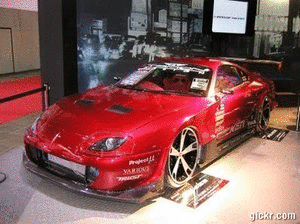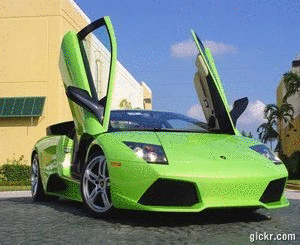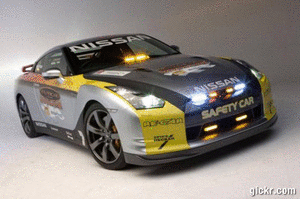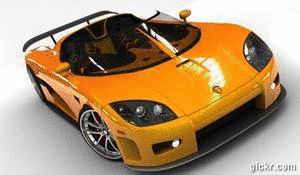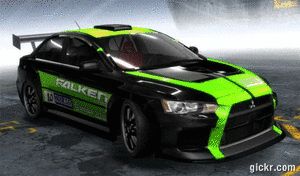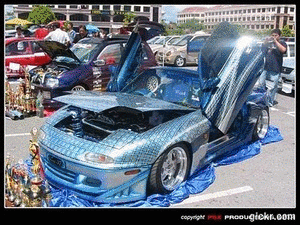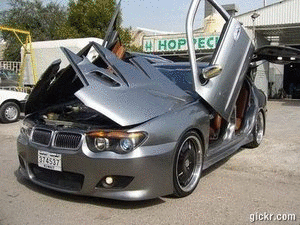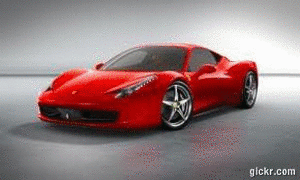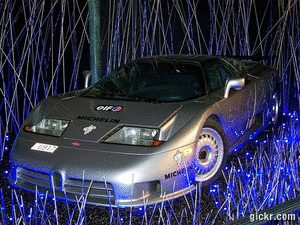Introduction:Timing beltIs used to drive the engine's camshaft. The engine crankshaft utilizes a drive sprocket to connect with a larger camshaft sprocket via a timing belt. A typical timing belt is constructed of a fiber enforced rubber belt with horizontal ribs molded to the inside of the belt. Tension is held on the belt by a belt tensioner which is spring loaded, oil pressure activated or set manually. Timing belts can be used to drive accessories such as a water pump or power steering pump. Some engines utilize a timing belt to drive balance shafts inside the engine that help neutralize engine vibration. When a timing belt fails it will allow the horizontal ribs to shred allowing the driven shaft to stop or become misaligned resulting in engine operation failure. Each engine has a unique set of timing crankshaft, camshaft and accessory marks that can be located: timing belt marks or in a car repair manual.
Timing and Balance Shaft Belts with Tensioners
To check the condition of the timing belt (engine off) remove the top dust/safety cover from the upper section of the engine front by removing a few bolts you can access the timing belt. Next, using a flash light inspect the condition of the belt, check for cracks, especially at the base of drive teeth. If the timing belt shows signs of wear or if you are replacing it for maintenance purposes complete exposure of the belt and related components are necessary. For step by step instructions for your particular car engine you must consult a car repair manual.
Basic Replacement Procedure: * Remove all obstructions from engine front, if an engine mount is in the way, support the engine from the top or bottom whichever is more convenient
* Remove upper and lower timing belt covers to gain access
* Remove or loosen timing belt tensioner to release the timing belt
* Remove timing belt and clean all debris from area
* Use a timing belt diagram to time the crankshaft to the camshaft - Timing
belt diagrams * Replace timing belt with tensioner (if needed)
* Re-install timing belt and reassemble as needed
Note: If the timing belt drives the water pump it is a good idea to replace it at this time to avoid failure. Occasionally when bearing tension is released and then reloaded it can have an adverse effect on internal bearings.For manufacturer procedures on how to replace a timing belt on you particular car please consult a car repair manual.
Basic MaintenanceA camshaft is driven by the crankshaft of the engine by a timing chain or timing belt. The timing belt or chain needs to be replaced per manufacturer's specification they can wear out and fail without warning and stall the engine. Because a timing chain configuration is more durable when compared to the timing belt style a timing belt will need to be replaced more often, comparatively. Timing belts are more common in overhead cam engines and are more easily serviced.
